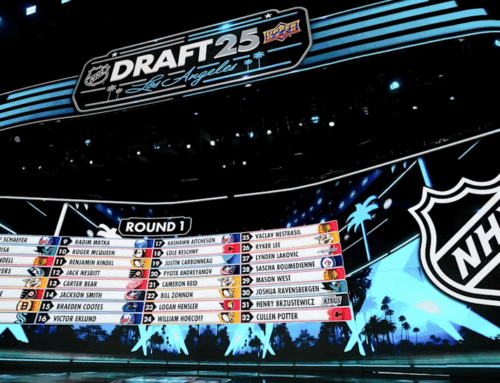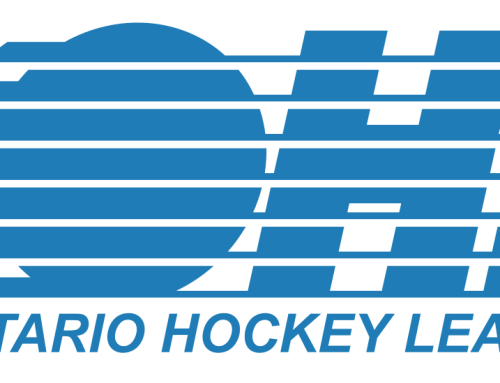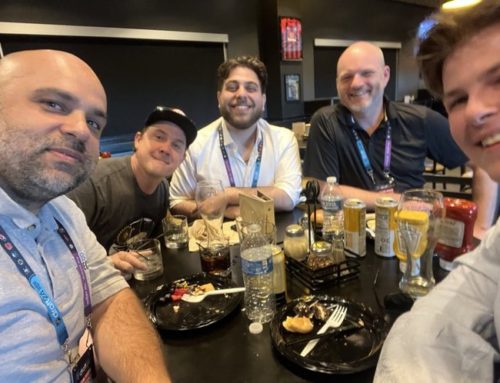Prospect Ramblings: Which team are rotating their roster?
Hayden Soboleski
2019-11-03

***
Some teams have started hot, and some have started cold. Coaches are tinkering with their lineups in search of perfect chemistry, and that means that some teams have given more players a chance than others. Knowing whether or not your bubble prospect is going to see games is a big deal in deep dynasty leagues, so let’s see how much teams actually differ in terms of players rotating in and out of the NHL lineup.
I’ll be honest, I had no idea what the point of this research would be when I started. This was a curiosity project that hopefully helps someone out.
All data was collected on Nov 3, 2019 from Dobber’s FrozenTools resource. Numbers represent even-strength combinations calculated from teams’ total time played so far this season. The 2% threshold for line combos was selected arbitrarily, as a method of eliminating early rookie tryouts from the crop (however, if a rookie played a lot of ice time, they may still have affected the data). The player count total does include rookies that may no longer be with the club.
| Team | Forwards used so far | Line combos seen >2% of the time | Defensemen used so far | Pairings seen >2% of the time |
| ANH | 15 | 11 | 9 | 6 |
| ARI | 13 | 9 | 9 | 6 |
| BOS | 16 | 6 | 7 | 9 |
| BUF | 13 | 7 | 8 | 5 |
| CAR | 14 | 9 | 7 | 6 |
| CBJ | 14 | 10 | 8 | 9 |
| CGY | 14 | 9 | 7 | 7 |
| CHI | 14 | 14 | 9 | 9 |
| COL | 15 | 7 | 8 | 10 |
| DAL | 16 | 9 | 8 | 10 |
| DET | 16 | 7 | 9 | 11 |
| EDM | 16 | 7 | 9 | 7 |
| FLA | 14 | 10 | 8 | 9 |
| LAK | 14 | 9 | 8 | 8 |
| MIN | 15 | 10 | 7 | 6 |
| MTL | 13 | 10 | 8 | 8 |
| NJD | 14 | 9 | 8 | 11 |
| NSH | 16 | 10 | 7 | 5 |
| NYI | 16 | 11 | 7 | 5 |
| NYR | 14 | 11 | 8 | 11 |
| OTT | 19 | 8 | 6 | 4 |
| PHI | 16 | 9 | 8 | 10 |
| PIT | 17 | 8 | 8 | 8 |
| SJS | 16 | 7 | 9 | 10 |
| STL | 14 | 10 | 7 | 9 |
| TBL | 15 | 15 | 8 | 8 |
| TOR | 14 | 9 | 9 | 9 |
| VAN | 14 | 12 | 7 | 8 |
| VEG | 15 | 7 | 8 | 8 |
| WPG | 16 | 13 | 9 | 12 |
| WSH | 14 | 12 | 8 | 11 |
So what do we see?
- These numbers do not account for injuries. So teams (like Colorado for example) that have suffered multiple injuries already should naturally have an elevated number of players used. That being said, all teams suffer injuries, so the forward count for Colorado is still average.
- Ottawa stands out for a number of reasons. They have the highest number of forwards used so far. Probably not a surprise given their general lack of bona-fide options up front and willingness to try many low-cost options in the lineup.
- Ottawa also stands out for dressing the lowest number of d-men in the league so far, and using the fewest number of pairings. This is a testament to their good health here, but also their patience with the pairings they feel are ideal.
- Chicago has a reputation for line-juggling, so it’s no surprise to see them at the top of the list for number of line combos seen. But the top spot goes to the underwhelming Tampa Bay Lightning. Clearly desperate for chemistry, it’s somewhat concerning to see such a talented team rotating lines so much. At some point Cooper must have to just settle them down and let them figure things out.
- Meanwhile, Boston’s forward corps have been the most stable in the league, despite their player count being average (or slightly above). This indicates that the rotation is happening in the bottom-six where usage totals won’t exceed 2% unless a line sticks for a few games. This also indicates that no one is messing with the top lines, which comes as no surprise given the dominance on display from the #1 unit.
What does this mean for fantasy?
These observations aren’t totally relevant to prospect fantasy owners. But we can take away a few notes on a team-to-team basis.
- For example, if you have an Islanders, Senators, or Preds defense prospect that gets called up due to injury (cough cough Aho cough), see where they get used and don’t hold out for better. Chances are once they are in a spot, that ain’t changing.
- On the other hand, if you own a Jets d-man that gets subbed in – it might be worth being patient and vigilant because they are likely moving around the structure a lot (paging Sami Niku owners).
- Should an injury strike a consistent-usage forward group like Vegas or Boston (heaven forbid), the fill-in will become fantasy gold if they do their job. That being said, teams like this will obviously start shuffling the lines slightly more than usual when injuries occur.
- Once again on the other end of the spectrum, if an opportunity arises in somewhere like Tampa or Chicago, your prospect doesn’t deserve as much patience. If they can’t lock down a spot when they get the tryout, they are getting rotated out of it very quickly. So prospects like Nylander or Volkov require your attention more than usual to make sure they are worth starting for you.
Hope this was useful or at least interesting. It’s always fun to see which teams are above and below average in any way.
***
Hayden Soboleski
@soboleskih






